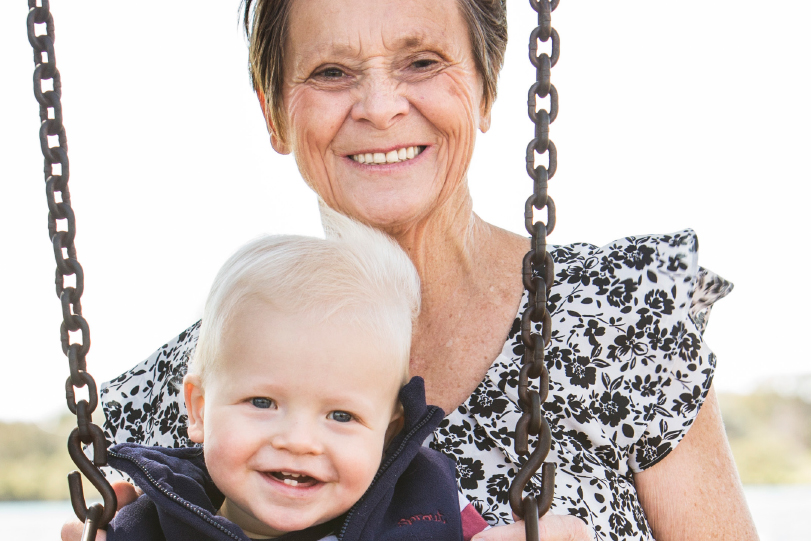 Suffering from a relatively rare form of type 1 diabetes, involving what is called hypoglycaemia unawareness, Ruth’s blood sugar level would sometimes fall without her realising – a situation that could potentially trigger seizures, loss of consciousness, brain damage or even death.
Suffering from a relatively rare form of type 1 diabetes, involving what is called hypoglycaemia unawareness, Ruth’s blood sugar level would sometimes fall without her realising – a situation that could potentially trigger seizures, loss of consciousness, brain damage or even death.
Today this grandmother from the New South Wales Central Coast no longer fears the worst effects of her diabetes – all thanks to taking part in a pioneering clinical trial.
Type 1 diabetes is an auto-immune disease which destroys the body’s insulin producing cells. About 10 per cent of sufferers are affected by hypoglycaemia unawareness.
Searching for a better way to control the disease, scientists at The Westmead Institute and Westmead Hospital established Australia’s first successful trial of a relatively non-invasive procedure in which insulin-producing pancreatic islet cells are taken from donor organs and transplanted into a recipient’s liver.
Ruth was a perfect candidate for the trial. Diagnosed with type 1 diabetes at the age of 20, she had spent most of her adult life undergoing twice-daily insulin injections. Although she managed to work and have a family life, her illness had worsened and Ruth lost much of her eyesight.
In 2007, at Westmead Hospital, she underwent a single islet transplant followed by a double islet transplant - in which islet cells were isolated from two donor organs and transplanted in the one procedure.
The result of the operations was remarkable. For the past five years, Ruth has not needed to take a single insulin injection - nor suffered a hypoglycaemia unawareness episode.
It’s a great example of the ability of medical science to give hope.
“I wasn’t worried about the possible risks involved in the trial, I was just happy to have a chance to lead a normal life,” said Ruth.
“Without the transplants I probably would be totally blind today and if I’d had a really bad episode of hypoglycaemia unawareness, I might not be alive.”
Although Ruth must still watch her diet and monitor sugar intake, she now leads an active healthy life.
And husband John - who so often needed to call an ambulance or help her through a hypoglycaemic episode - no longer needs to be constantly vigilant about Ruth’s health.